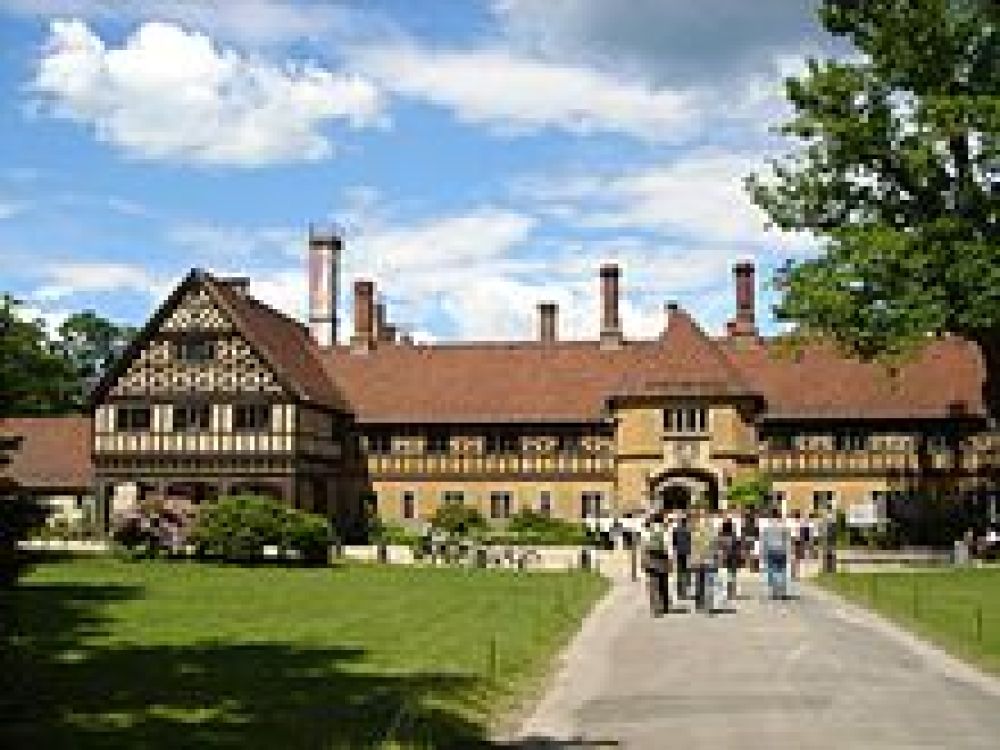

Cecilienhof Palace, located in Potsdam, Germany, has a rich history that predates its role as a tourist attraction. Built between 1914 and 1917, the palace was the last palace constructed by the Hohenzollern family, which ruled Germany until the end of World War I. Its Tudor style design with numerous chimneys and clay tiles evokes an English country manor, attracting interest due to its unique architecture within Germany.
The palace gained its place in world history and interest among tourists primarily because of the Potsdam Conference, which was held here from July 17 to August 2, 1945. This conference, where Truman, Churchill (later replaced by Attlee), and Stalin gathered, marked a turning point in world history as leaders negotiated terms for the end of World War II and began post-war planning.
Following the conference, Cecilienhof was used for various purposes, including as a clubhouse for Soviet officers. However, with the establishment of the GDR (German Democratic Republic), it was turned into a memorial and museum in 1960 receiving tourists who wished to explore the historic site where pivotal decisions were made.
Post-German Unification Tourism Trends
After German reunification in 1990, tourism to Cecilienhof and Potsdam as a whole saw a significant increase. The palace became part of the Palaces and Parks of Potsdam and Berlin UNESCO World Heritage Site in 1990, garnering broader international attention and solidifying its status as a must-visit historical destination.
Tourism at Cecilienhof has grown with it presenting exhibitions detailing not only the Potsdam Conference but also the lives of those who lived in the palace, including Crown Prince Wilhelm and his wife, Crown Princess Cecilie, after whom the palace is named.
In recent times, the tourism trend towards experiential and educational travel has seen a rise in visitor numbers to locations with significant historical importance, with Cecilienhof being no exception. Tourists are eager to engage with the past, and the hands-on exhibits and tours at Cecilienhof cater to this demand.
Modern tourism trends also consist of incorporating technology, and Cecilienhof has followed suit. Multimedia guides, virtual tours, and interactive displays enhance the visitor experience, while also providing in-depth information about the historical events associated with the site.
Moreover, Potsdam as a destination has been integrating Cecilienhof within broader tourist routes, including themed tours focusing on the World War II era, Cold War sites, or the overall history of Prussia.
Visitor Information:
Visitors to Cecilienhof Palace today can expect a captivating journey through time, with well-curated exhibits and knowledgeable guides that provide a rich historical context, ultimately understanding why this palace remains a significant symbol of 20th-century history.